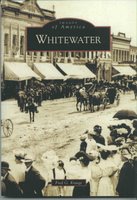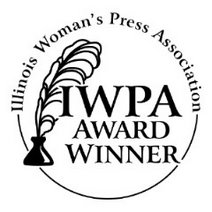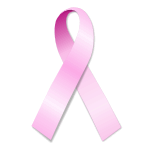
 The first photograph shows me (on the left) with school friends Joan and Virginia sometime between 1947 and 1950. We are standing in front of the old log cabin that was moved to the campus of what was then the Whitewater Normal School, Whitewater, Wisconsin, in 1907. The log cabin still stood behind the main building many years later, during my years at the college "training school" and College High School. When we were young, the cabin served as a lesson in pioneer life for us.
The first photograph shows me (on the left) with school friends Joan and Virginia sometime between 1947 and 1950. We are standing in front of the old log cabin that was moved to the campus of what was then the Whitewater Normal School, Whitewater, Wisconsin, in 1907. The log cabin still stood behind the main building many years later, during my years at the college "training school" and College High School. When we were young, the cabin served as a lesson in pioneer life for us.I was reminded of the old log cabin when I read Fred G. Kraege's book Whitewater (photo on the right), published earlier this year as part of the "Images of America" series by Arcadia Publishing. The main college building burned a few years after my high school graduation, and the college, now the University of Wisconsin at Whitewater, is much different these days. The training school and College High are long gone, and I assume that the log cabin is too. Still, Kraege's book transported me back to my school days and my life in my home town from 1932 to 1950. See the August archives of this blog for an account of my most recent visit to Whitewater.
The author did an excellent job of collecting historical photos dating before, during, and beyond my years in Whitewater. He documents many of the changes I have observed in recent visits. I was happy to see a photo of the old City Hall, which I always found dark and mysterious, as well as ornate and romantic. The Whitewater skyline is much different without it. There's a picture of the old City High School, which we rather snobbishly referred to as "the other high school." In reality, of course, this was the town's main high school, while College High always remained small. Our school was not really elite, but we sometimes liked to think it was.
Churches and cemeteries are also featured in the book. First English Lutheran Church, which I attended for years, is described as a "prominent landmark today." I have either forgotten, or never knew, the church's history as first the Baptist Church and then the Norwegian American Lutheran Church. It was already First English Lutheran Church when I lived in Whitewater; the name refers to the language used, not the nationality of its parishioners.
While I could not find any references to my family in the book, I recognized enough streets and buildings to feel nostalgic. My grandfather, W. G. Marshall, owned a livestock farm on the outskirts of town (in an area once called Cold Spring, in Jefferson County) that my father, Clifford W. Marshall, later operated as a dairy farm. My paternal grandmother, Rosetta Hoffman Marshall, retired from the farm to a house on North Franklin Street just north of Main Street in Whitewater, a house that still exists. My mother, Violet Uhl Marshall, managed the Sears, Roebuck and Company Order Office on Main Street for sixteen years, during my high school and college years and later. She had begun college at Whitewater State Teachers College before I was born, and she finally graduated from what had become the University of Wisconsin at Whitewater in 1967, long after I had moved on.
I was eager to leave Whitewater, and I have had no close relatives living there for many years. Still, I have learned to appreciate my home town's history and beauty and the spirit of its early settlers. I'm glad I found this book!
Copyright 2006 by Marlys Marshall Styne







No comments:
Post a Comment